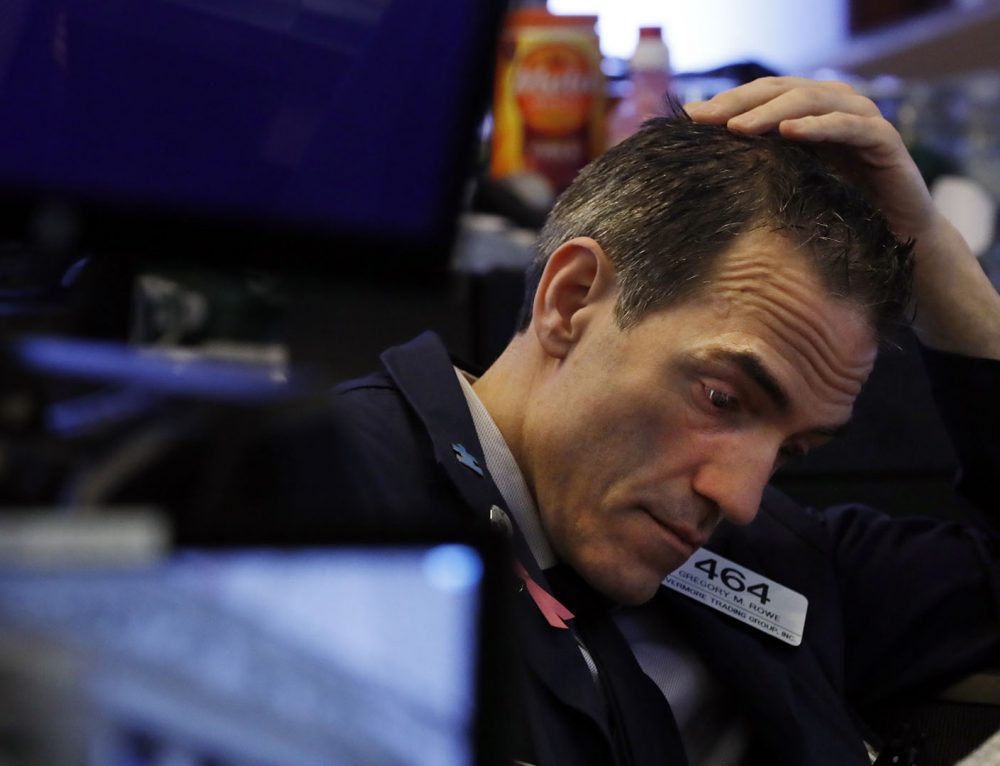Markets take coronavirus hit for the second time this week after governments announce differing responses to the ongoing outbreak of the disease.
The rout in global stocks that began Monday deepened after the U.S. and European governments announced differing responses to the ongoing spread of the coronavirus.
A shock move by President Donald Trump Wednesday to halt travel from Europe shook investors already panicked about the prospects of a global recession on the back of the pandemic.
U.S. stock indexes resumed trading on Thursday after being halted for 15 minutes, as the S&P 500 benchmark plummeted 7% and triggered an automatic cutout shortly after the opening bell. All three main indexes have now fallen over 24% from their intraday record highs hit in February.
At 9:54 a.m. Eastern Time, the Dow Jones Industrial Average was down 2,075.96 points, or 8.81 per cent, at 21,477.26; the S&P 500 was down 223.81 points, or 8.16 per cent, at 2,517.57, and the Nasdaq Composite was down 635.56 points, or 7.99 per cent, at 7,316.49. European stocks fell more than 8 per cent. The 10-year Treasury yield dropped to 0.65 per cent.
President Donald Trump’s travel ban and weak fiscal measures prompted the latest drop in risk assets, while the European Central Bank failed to stem the rout after it left rates unchanged, though it expanded its QE program and took steps to boost liquidity.
Trump has announced measures such as lending aid for small businesses and asked Congress to pass undefined payroll-tax relief, but this has done little to convince markets that the U.S. is taking sufficient steps to respond to the virus or its economic impact.












